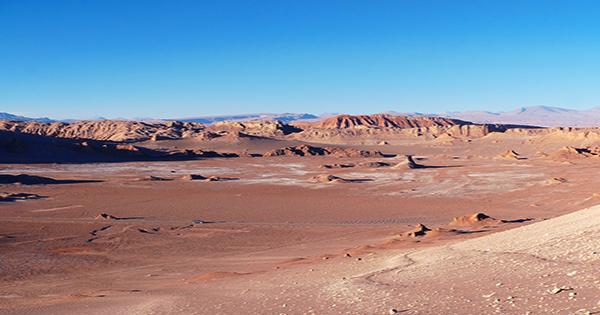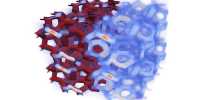Nothing if our planet is not ridiculous. The earth is covered with water – millions of trillion liters and gallons of the stuff – and only 2 percent of it are drinkable. Of these, 99.5 percent are frozen or buried underground. And what’s left is man-made climate change. But part of the good news is that the water we can drink is not limited to places like lakes, rivers, and rain. There are about 13 trillion tons of delicious H2O hidden around us – we just have to get it out of the air.
There are several ways to do this but most are either very inefficient or prohibitively expensive. Now, researchers in Saudi Arabia say they have a solution: a simple device that can collect and store its own weight in water and release it when warmed by sunlight.
The key to the prototype is calcium chloride, a cheap, stable, environmentally friendly, and non-toxic chemical compound. This salt is so good at absorbing water that when left in the fresh air it will literally dissolve – a property known to chemists as deliquescence. But when you think that any chemical that can harvest six times its own weight in the water out of thin air is suitable for this device, it can actually be a problem.
Renyuan Li, a PhD student in the team behind the device, explained,“Delicate salts [dissolve] themselves by absorbing moisture from the air.”“And systems that use liquid sherbet are very complex.”
The team developed a way to preserve calcium chloride as hydrogen – a special type of polymer that can hold large amounts of water even when it is hard, to combat this. And by adding some tiny carbon nanotubes to avoid water, the team was able to use a light source to reclaim almost 100 percent of the gel.
In a study published in Environmental Science and Technology, the team described the results of their small, “easy-to-assemble-easy-family” prototype. Just two and a half hours after sunlight, they said, the device could deliver 20 grams (0.7 ounces or about four teaspoons) of water. And to provide an adult with the minimum water requirement for a day – 3 kilograms (6.6 pounds, or four and a quarter cups) – would cost about half a percent per day.
In addition to low cost and high water yield, the device has the advantage of working well in relatively low humidity areas – suitable for arid or arid regions. It doesn’t even need electricity, which means it can be used even in remote areas of the world. The Paper report, “Water scarcity is a challenging problem that threatens the lives of mankind.””This technology provides a promising solution for producing clean water in arid and land-based and remote areas.”
















